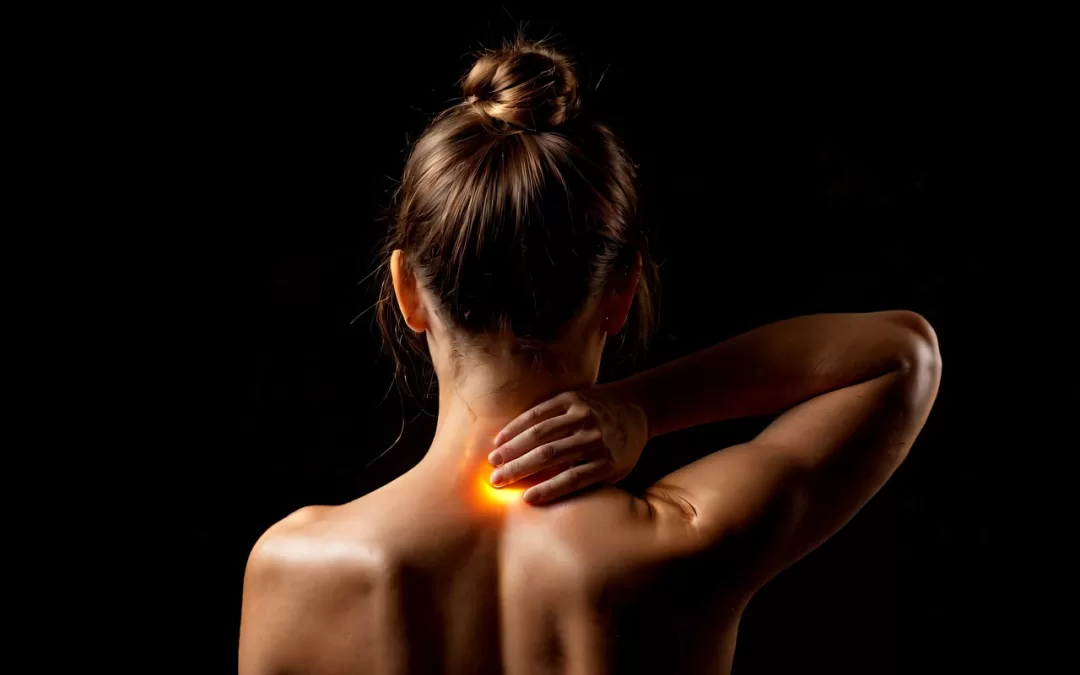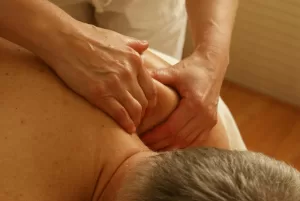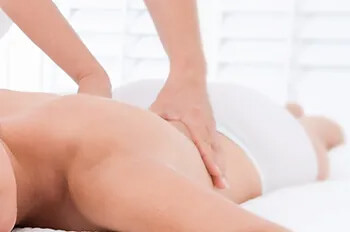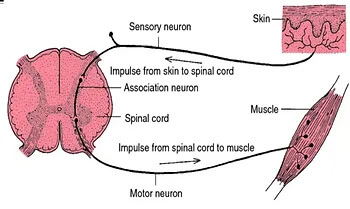
Pain in the Neck: Why Your Neck Hurts and What To Do About It
Neck pain is one of the most common reasons people seek physiotherapy – and for good reason. Whether it creeps in during long days at the desk, flares after a tough workout, or simply starts for no apparent reason, it can become an ongoing source of discomfort and limitation.
At Praxis Physiotherapy, we see patients every week with neck pain ranging from occasional stiffness to chronic, persistent aches. The good news? Physiotherapy – particularly manual therapy and targeted exercise – can make a real difference.
So, What Causes Neck Pain?
Most neck pain we treat is classed as “non-specific neck pain” (Verhagen 2021; Almalki et al. 2024). That means it doesn’t come from a single clear source like a fracture or disc bulge, but rather a combination of mechanical, postural, and sometimes psychosocial factors.
Risk factors include:
- Prolonged static or awkward postures (like slouching over a desk)
- High computer use (>75% of the workday)
- Stress, anxiety, poor sleep or low mood
- Lack of physical activity or poor muscle endurance (Cagnie et al. 2007; Louw et al. 2017)

Importantly, neck pain often fluctuates – it might settle for weeks or months before flaring again. Up to 70% of people will experience neck pain in their lifetime, and around half of those will go on to experience recurring or chronic symptoms (Osborne et al. 2024).
What Actually Helps?
Let’s get straight to it. Here’s what the research says works – and what doesn’t.
Targeted Strengthening Exercises
A recent meta-analysis by Louw et al. (2017) showed strengthening exercises are consistently more effective than doing nothing. These exercises improve both pain and quality of life for office workers with non-specific neck pain.
Chen et al. (2018) reinforced this, finding the biggest improvements came from neck/shoulder-specific strength work done consistently. The same review highlighted that those who stuck to their program got the best results — a helpful reminder that consistency trumps intensity.
Interestingly, Osborne et al. (2024) found neck-specific resistance training not only helped pain but also changed how the nervous system processed pain – reducing hypersensitivity measured by QST (quantitative sensory testing). That’s not just “feeling better” – it’s a measurable shift in how your body interprets threat and discomfort.
Manual Therapy (With Exercise)

Cervical and thoracic mobilisations – particularly when paired with exercise – help reduce pain and restore movement (Verhagen 2021; Damgaard et al. 2013). At Praxis, we’ll often use hands-on techniques in the early phase to loosen stiff joints or reduce muscle guard
ing, before layering in exercise to drive long-term change.
Manual therapy alone can offer short-term relief, but it’s the combination with exercise that produces meaningful, sustained improvement.
 A Multimodal Approach
A Multimodal Approach
Combining manual therapy, strengthening, posture coaching, and education works better than relying on just one of these (Damgaard et al. 2013). This reflects our whole-person approach at Praxis – treating not just the neck, but the patterns, habits, and loads that contribute to the issue.
What About Stretching?
Stretching can feel good – and sometimes helps with short-term symptom relief – but strengthening is where the real long-term benefit lies (Louw et al. 2017). That said, we’ll often include mobility work alongside strengthening in the early phases of your rehab, especially if movement is limited or provoking.
And What Doesn’t Help?
Unfortunately, there’s still a lot of outdated advice and overreliance on passive treatments. Prolonged rest, neck braces, or relying solely on massage or dry needling – without addressing strength, posture, or movement – rarely produce lasting results.
Electrotherapy or ultrasound alone have limited evidence (Damgaard et al. 2013), and while they may provide short-term comfort, they don’t improve long-term function or resilience.
What You Can Expect at Praxis
Your physio will:
- Take a thorough history and assessment to rule out anything serious.
- Identify movement deficits, strength imbalances, or aggravating work setups.
- Use manual therapy to settle symptoms and restore range of motion.
- Build a personalised exercise plan focused on restoring strength and endurance.
- Offer ergonomic and postural coaching to help you load your neck better, not less.
Whether you’re a desk-bound professional, a busy parent, or an elite athlete – your neck pain deserves proper, evidence-based care.
Struggling with neck pain that just won’t go away? Let one of our experienced physios at Praxis guide you back to feeling and moving better – book today
Until next Praxis What You Preach..
📍 Clinics in Teneriffe, Buranda, and Carseldine
💪 Trusted by athletes. Backed by evidence. Here for everyone.


